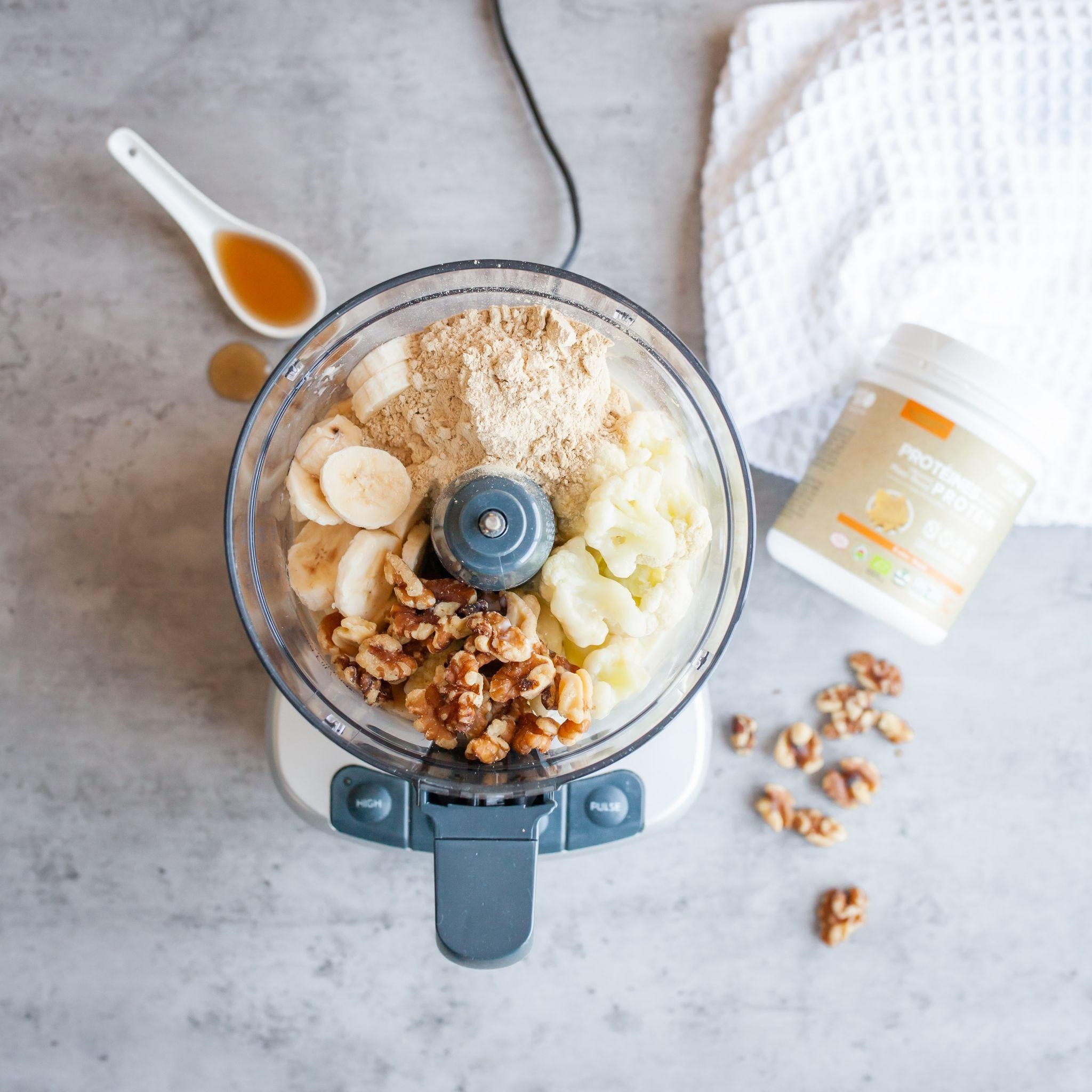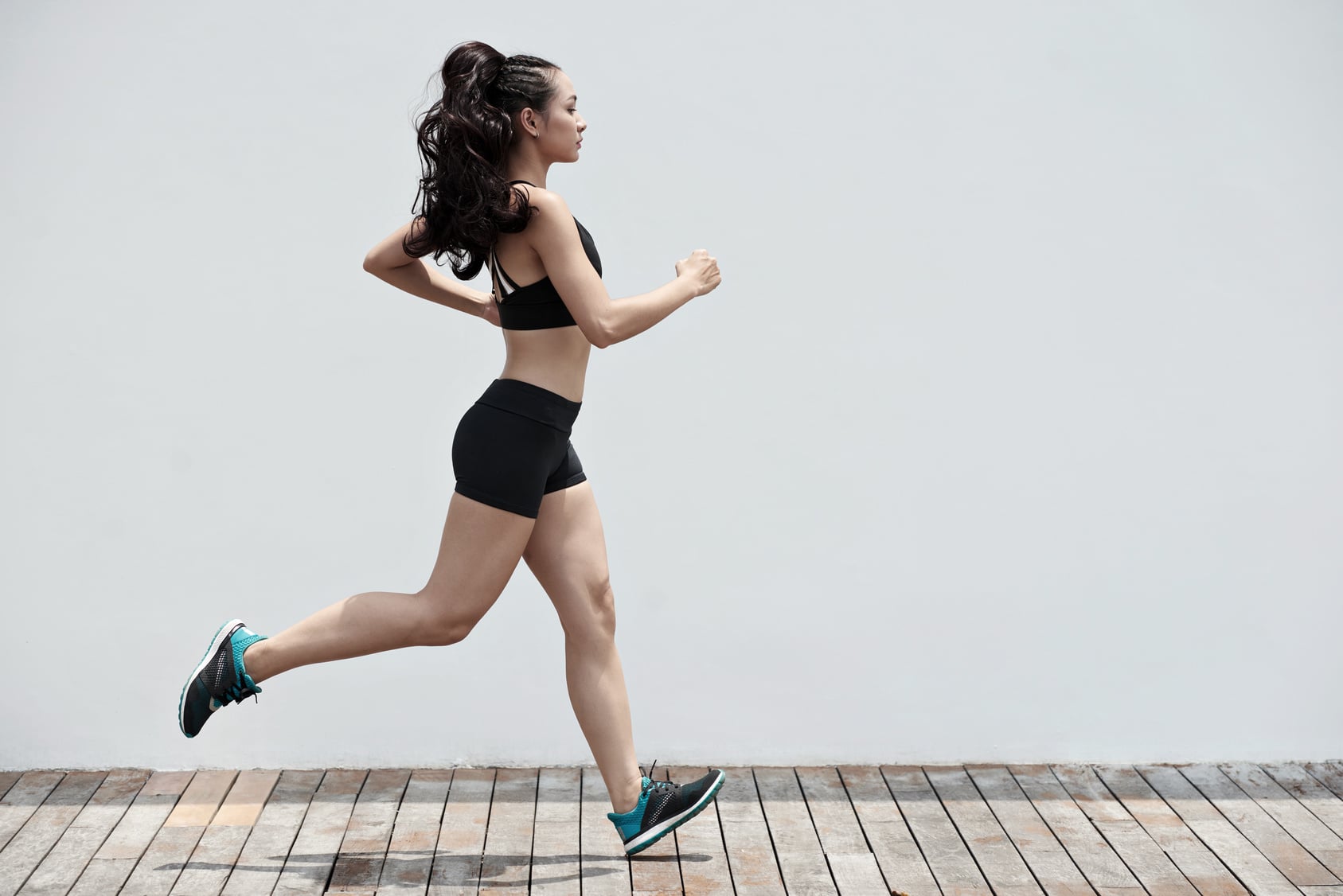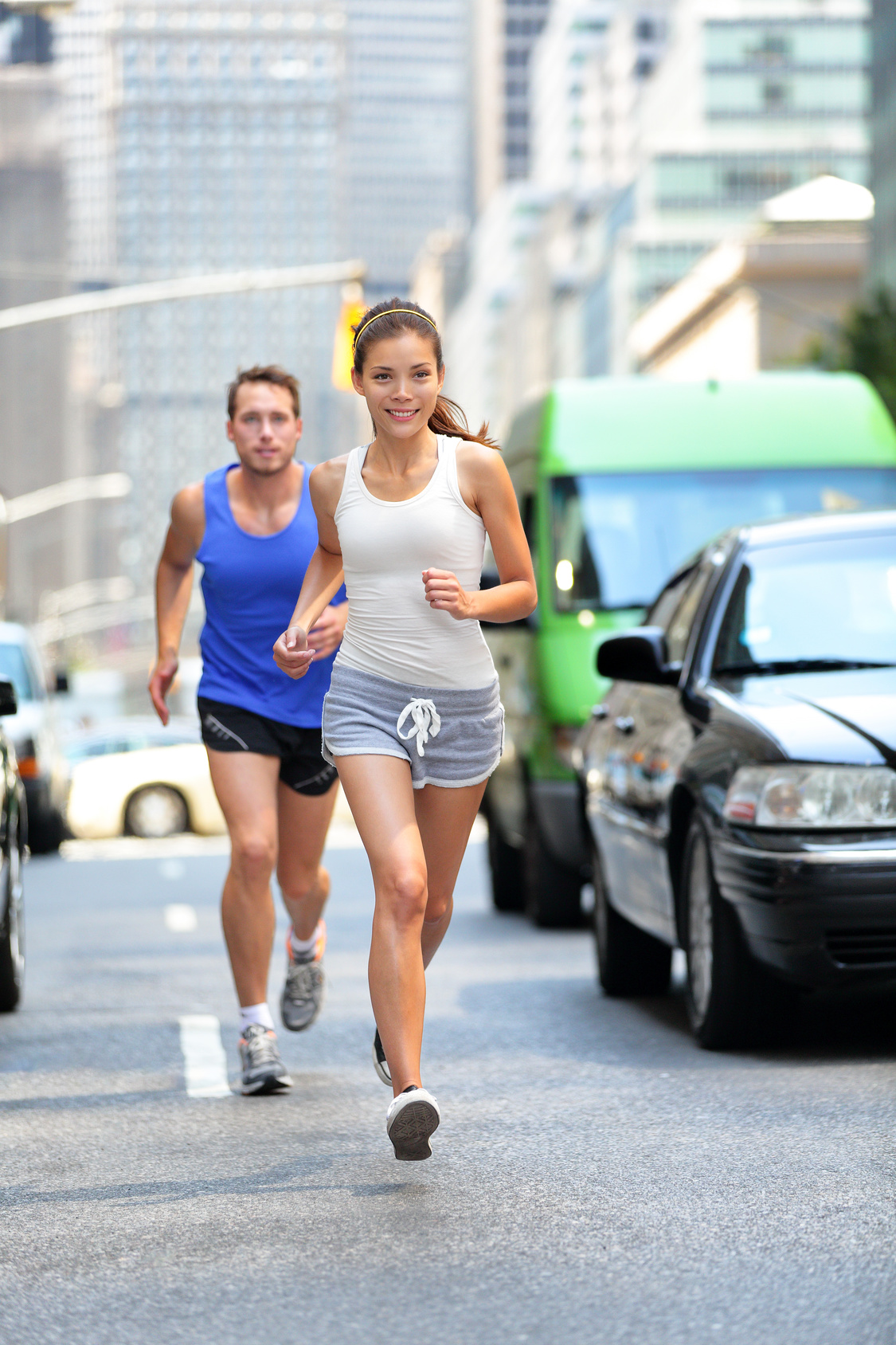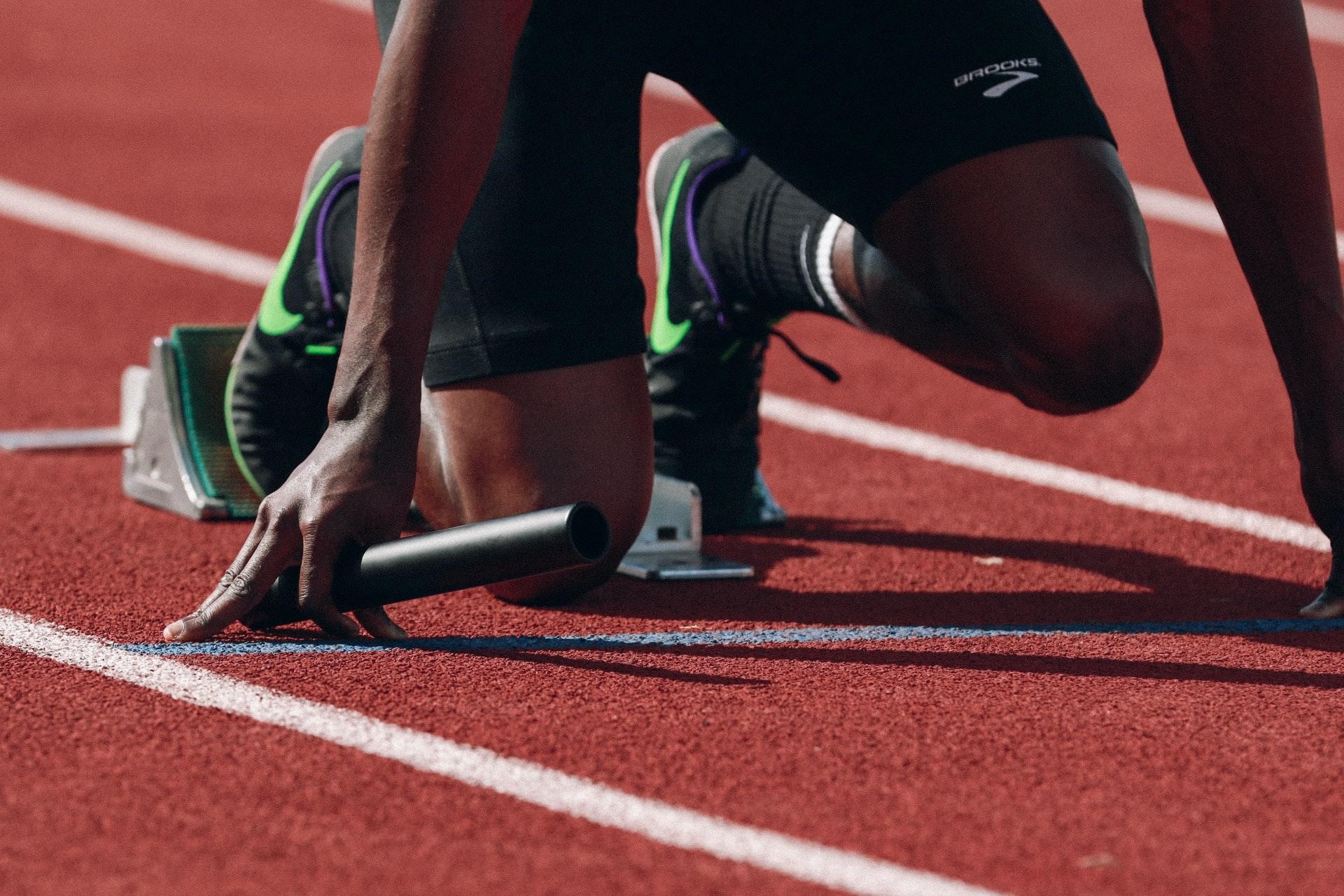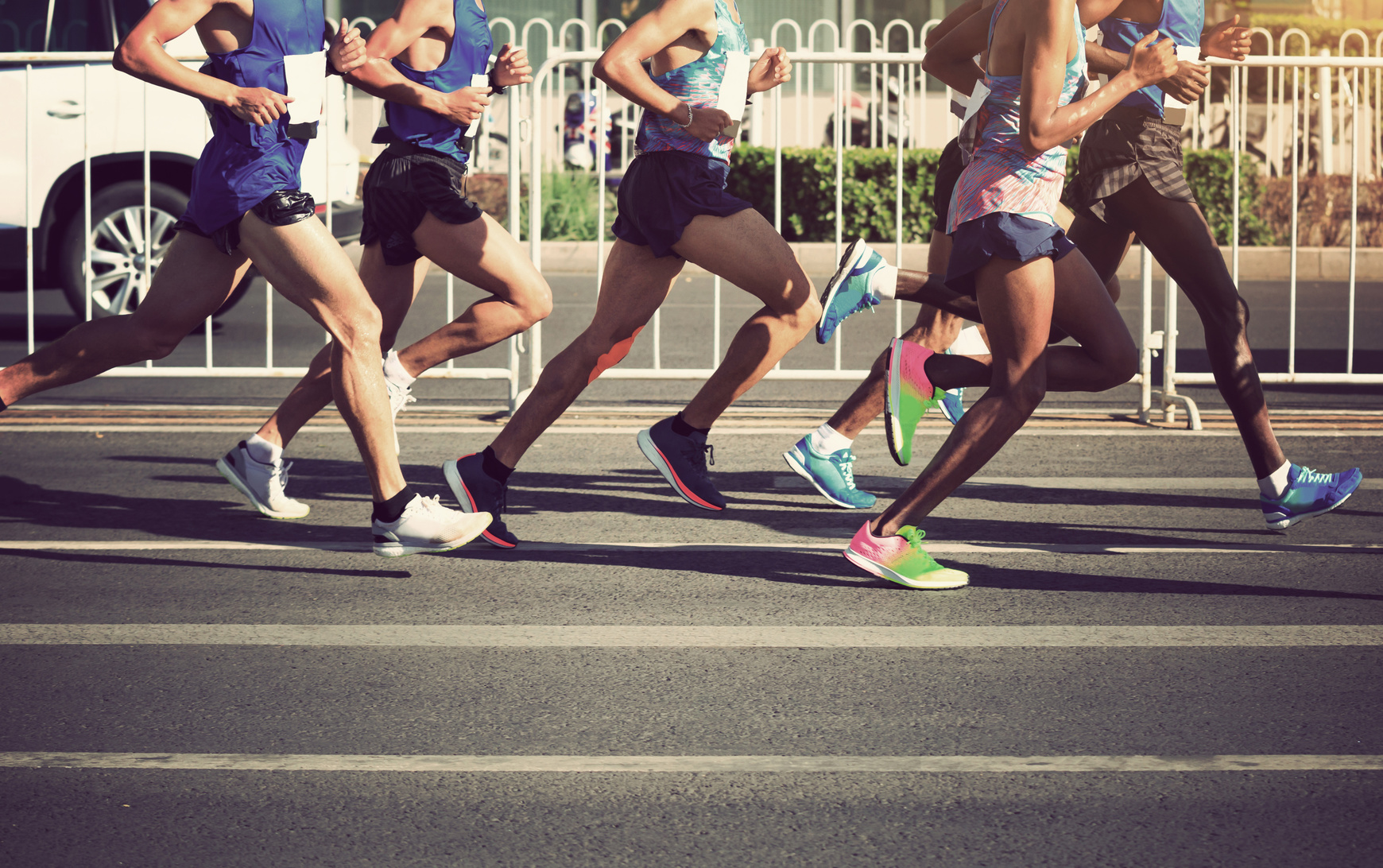Looking for the best advice on how to prevent lactic acid build-up while running? Then this post is for you.
Here’s the truth.
If you often run hard or perform lots of high-intensity interval training, you’ve likely experienced the intense burn in your muscles that usually comes with hard training.
This intense muscle-burning sensation is commonly attributed to lactic acid build-up. And for a long time, runners—and athletes from all over—have looked east and west for ways to reduce this lactic acid build-up.
But when it comes down to the truth, the belief that lactic acid is behind the burning sensation in your muscles (as well as post-workout sereneness) is a myth.
Yes, you heard me right! Lactic acid isn’t the bad guy.
So, what’s going on here? If the lactic acid build-up isn’t the culprit behind the burning pain, what’s causing it?
Worry no more.
In this article, I’ll dive into everything you need to know about lactate, lactic acid, and running. And to clear up a few misconceptions about lactic acid while we’re at it.
Sounds great?
Let’s get started.
What is lactic acid?
Lactic acid is a key component of the proper function of the human body.
More specifically, it’s the by-product of the breakdown of glucose—a process known as glycolysis, which is an energy system that produces ATP energy in the absence of oxygen in muscle cells.
This production happens when oxygen levels are low, often during intense exercise. The harder you run, the more lactic your body produces.
Once it’s in your bloodstream, lactic acid breaks into lactate and hydrogen ions. Lactate gets processed and turned into fuel by your mitochondria—energy factors in your cells. But those hydrogen ions cause some problems. More on this later.
Some health conditions can boost the production of lactic acid or limit your body’s ability to clear it from the blood. This can cause a serious lactate build-up, medically referred to as Lactic acidosis.
Your body employs lactic acid at a whole-body level. As a result, it plays a crucial role in the proper function of cells, tissues, and organs. Overall, lactic acid has three main functions in your body. These include:
- A chief energy source of mitochondria
- A signaling molecule
- As a precursor for glucose production.
The Process Of Lactic Acid Production
Let’s look at the process behind lactic acid production without getting too technical.
Your body provides energy to your muscles via a process known as glycolysis, in which it breaks down carbohydrates—in the form of glucose from the food you eat—and produces adenosine triphosphate
How much ATP is released from glycolysis depends on the presence of oxygen during glycolysis.
When you work out at high intensity, your body gradually relies on your fast-twitch muscle fibers to produce power. However, these fibers aren’t capable of using oxygen as efficiently.
So, during a hard workout, like when you sprint as hard as you can—ATP requirements are high, but oxygen levels are low.
In other words, during high-intensity exercise, your body requires more fuel than normal to keep the muscles functioning.
When this takes place, glycolysis becomes anaerobic. Thus, during anaerobic glycolysis, glucose is broken down into lactate, which leads to higher levels of circulating lactate in the blood.
Additional Resource – Your Guide to Groin Strains While Running
Does Lactic Acid Make Your Muscles Burn When While Running & Exercising?
The short answer is no.
For a long time, it was thought that lactic acidosis, or the increased concentration of lactic acid in the muscles, was behind the burning felt during intense training.
However, research tells us that lactic acid isn’t to blame for the burning sensation in your muscle when you work out at high intensity.
Let me clear up something.
Lactic acid is created when a hydron atom bonds with the lactate molecule. It’s specifically a blend of a positive hydrogen ion and a negative lactate ion. However, researchers have discovered that lactic acid as a molecule cannot exist in the body in its complete form since the pH of the human body is too high.
More specifically, the pH of our blood is too alkaline, or not acidic enough, to maintain the bond between the lactate molecule and the hydrogen ion.
Additional resource – Here’s how much water a runner should drink

The Culprit Behind Burning Sensation in Muscles When Working Out
Traditionally muscle soreness has been blamed on lactic acid. But, as I just explained, lactic acid is a source of fuel that powers our muscles during exercise.
So if it isn’t lactic acid, what’s responsible for the burning sensations when you’re running fast and hard?
Again, science may have the answer. Research has found that lactate production increases the number of hydrogen ions, making the body unable to break down the hydrogen ions fast enough. The build up of these molecules make the environment acidic, causing the infamous muscle burn while exercising.
The truth is lactate delays muscle fatigue. Your muscles would fatigue much faster without it.
Additional resource – Strava for runners
But what about post-exercise muscle soreness?
Some experts suggest that exercise-induced muscle soreness is caused by the microdamage in the muscles and connective tissue, causing inflammation.
The scientific term for this muscle pain is Delayed Onset Muscle Soreness (DOMS), which is the natural process that the body experiences to recover and build muscle tissue.
Virtually all types of exercise, not just running, can induce some soreness but the more intense the exercise, especially movement with a drastic emphasis on the stretching or lengthening phase, play a more drastic role in how sore you feel the day or two after a workout.
Additional resource – Running with a labral tear
How To Manage The Burning Sensation In Your Muscles
Fortunately, you don’t need to do much to eliminate “lactic acid” buildup in your muscles. You got a liver to thank for that, as it takes care of the processing of lactate.
As soon as you slow down your pace and start to breathe in more oxygen, the pH levels will increase, and the burning sensation will fade. However, there are many things you can do to help manage the burning in your muscles from a hard run.
Let’s check a few.
Increase Intensity Slowly
The best way to limit post-run muscle soreness is gradually building up to higher mileage.
Although stepping out of your comfort zone is key, overtaxing your muscles can be counterproductive. Running often and hard without proper recovery can cause serious muscle soreness and even lead to injury.
As a rule, don’t increase intensity—whether distance, speed, or both—too fast or all at once.
Follow the 10 percent rule, increasing your weekly mileage by no more than 10 percent. Only add speedwork once you have a solid mileage base—20 to 25 miles per week for at least three months straight.
Start feeling the burning pain while running? Then slow down.
Additional Resource – Here’s your guide to the Maffetone Method.
Drink Lots of Water
When you feel thirsty during a run or workout, know that’s a sign that your muscles need more oxygen. So please, don’t wait until you’re thirsty to drink water. If you feel thirsty, you’re already dehydrated.
So how much fluid do you need?
I don’t have the exact answer as it depends on many variables such as your physiology, hydration needs, training intensity, and temperature—to name a few
But overall, I’d recommend having 16 to 24 ounces of water two to three hours before a run. Then, for long runs, have an extra 8 to 12 ounces of fluid every 20 to 30 minutes of running.
Additional resource – your guide to running with metatarsalgia
Run Regularly
Maintaining a consistent routine is the best way to become a better runner.
If you want to run farther and faster, you must run more often. This doesn’t mean overextending your body, but at least keep a consistent running routine. Strive for incremental progress—not huge leaps.
Improve Your Lactate Threshold
It’s only by training properly that you’ll increase your lactate threshold. This is the pace you can run at before your body starts to require to make energy anaerobically.
Tempo training and speedwork can help increase your lactate threshold, thus improving your fitness.
Running within your lactate threshold helps adapt your body to extra energy production. You’ll need less glucose to burn for fuel. This, over time, leads to less lactic acid buildup.
Additional Resource – Why is my running not improving
Compression
Another way to help eliminate waste products in your muscles is using compression before and/or after a run.
Research has reported that using compression gear during and after running helps stabilize the muscles and speeds up recovery from fatigue and pain.
What’s more? Compression gear puts pressure on the blood vessels, which pushes out metabolic waste and improves circulation.
Once you remove the compression, your blood vessels expand further than before, ushering in a new supply of oxygen-rich blood.
Additional resource – Is Aqua Jogging Good for Runners?
Apply Heat Before Running
Another option for removing metabolic byproducts from your muscle is using heat before an intense run or heavy workout. Then apply cold after post-exercise.
Heat activates stiff and sore muscles by improving blood flow. This helps improve performance and reduce injury risk.
What’s more?
Following a hard run, your nervous system is extremely alert, which may cause a burning sensation. Applying cold post-run calms your nervous system and brings things back to homeostasis.
Once the muscles are warm again, they open wider than before, improving oxygen-rich blood flow.
Cool Down Properly
Cool-downs are a must. Opting for a low-intensity pace lets your body take in oxygen while you’re still moving.
This helps keep blood flowing to your muscles, allowing the removal or flushing of lactate or hydrogen ions from your muscles.
Stretch Down
Lactic acid might take roughly 30 to 60 minutes to disperse post-run, so cool down properly and stretch right after.
Stretching post-exercise helps your muscles relax and boost blood flow to your muscles. This, in turn, helps relieve tension allowing for more flexibility when running.
Foam Roll
Want to take your flexibility and mobility work to the next level?
Try foam rolling, as it can release tight muscles and limit the build-up of lactic acid in the muscles.
How?
Foam rolling stimulates circulation and encourages lymphatic drainage.
I’d also recommend you massage your running muscles with a foam roller before a hard run. This works well both for pain relief and relaxation.
Additional Resource – Here’s your guide to hydration running vests
Eat Right For Less Lactic Acid
Diet also matters when it comes to flushing out lactic acid. Some foods help you manage lactic acid buildup to prevent lactic acidosis.
Overall, foods rich in magnesium, B vitamins, and fatty acids are the way to go.
Great sources of vitamin B include:
- Leafy green vegetables
- Fish
- Poultry
- Eggs
- Peas
- Beans
- Cereals
- Dairy products
As for magnesium, add the following to your menu
- Spinach
- Turning greens
- Collard greens
- Navy beans
- Kidney beans
- Sesame, pumpkin, and sunflower seeds
- Nuts
What’s more?
Consider taking magnesium flake or Epsom salt to improve magnesium absorption. This can also help improve energy levels, promote relaxation and soothe soreness.
Last but not least, foods rich in fatty acids include:
- Freshwater salmon
- Corn oil
- Walnuts
These help lower inflammation in the body, which actively reduces muscle soreness experienced following a hard run. These can also speed up your recovery rate.
Additional Resource – Here’s your guide to pre and post run nutrition

